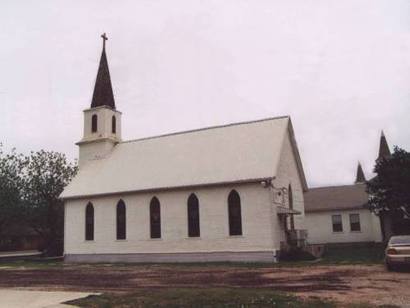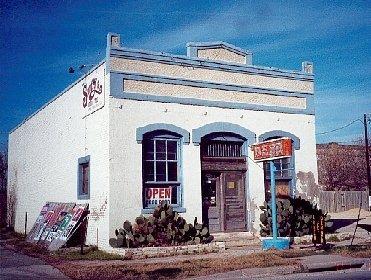|
|
 |
History
in a Pecan Shell
Although the area had been settled earlier, things didn’t really get
started until the International-Great Northern Railroad arrived here
in 1876. The name comes from a local rancher (James Emory Hutto) who
sold the railroad its right-or-way. Initially the name was Hutto
Switch but that name survived only a year.
In less than 10 years the population grew to 200 residents. In the
mid 1880s Hutto had five cotton gins. In the 1890s the town acquired
a bank and hotel and was firmly established as a cotton
shipping point.
The community was comprised mainly of German, Danish, and Swedish
immigrants. The population reached 900 just as the 1920s were closing.
Falling cotton prices and the boll
weevil and in just three years the population fell to only 538.
By the 1960s, the population hit a low of 400 – but rebounded to 842
by 1990, 1,250 by 2006 and hit a new high of 16,927 by 2010. |
 |
Hutton Chronicles
Hutto
Hippo Mike Cox
The hippopotamus is a large, aggressive herbivore indigenous to equatorial
Africa. Oh, and Hutto, Texas.
Of course, the sub-species Lone Star hippo exists only as the mascot
for Hutto High School. In recent years, as Hutto's proximity to Austin
has caused it to boom, Hippos have been showing up painted on walls
or in statuary form as public art. So, other than the happy alliteration,
both Hutto and hippo beginning with an "h" and each containing four
other letters, how did Hutto and hippo become connected? more |
|
Texas
Escapes,
in its purpose to preserve historic, endangered and vanishing Texas,
asks that anyone wishing to share their local history, stories and
recent/vintage/historic photos, please contact
us.
|
|
|

 Texas
Gulf Coast
Texas
Gulf Coast East
Texas
East
Texas Central
Texas North
Central
Texas North Central
Texas South
Central
Texas South Texas
Panhandle
Texas
Panhandle South
Texas
South
Texas Texas
Hill Country
Texas
Hill Country West
Texas
West
Texas Texas
Ghost Towns
Texas
Ghost Towns Texas
Counties
Texas
Counties